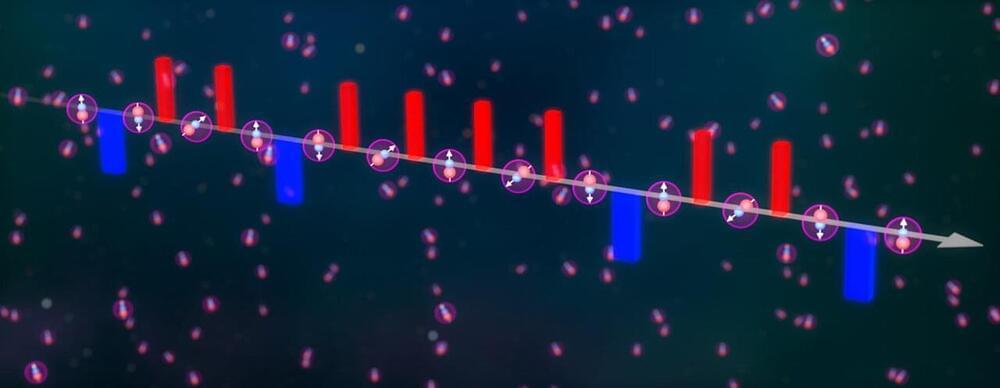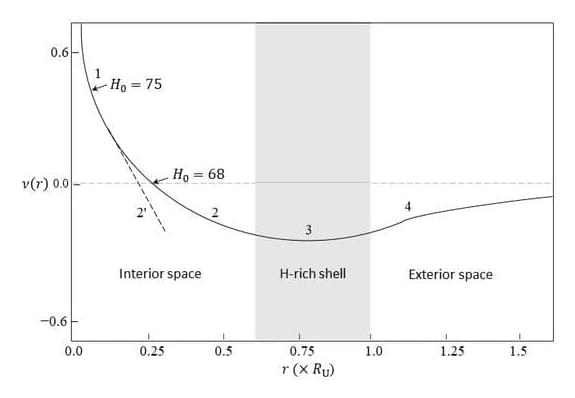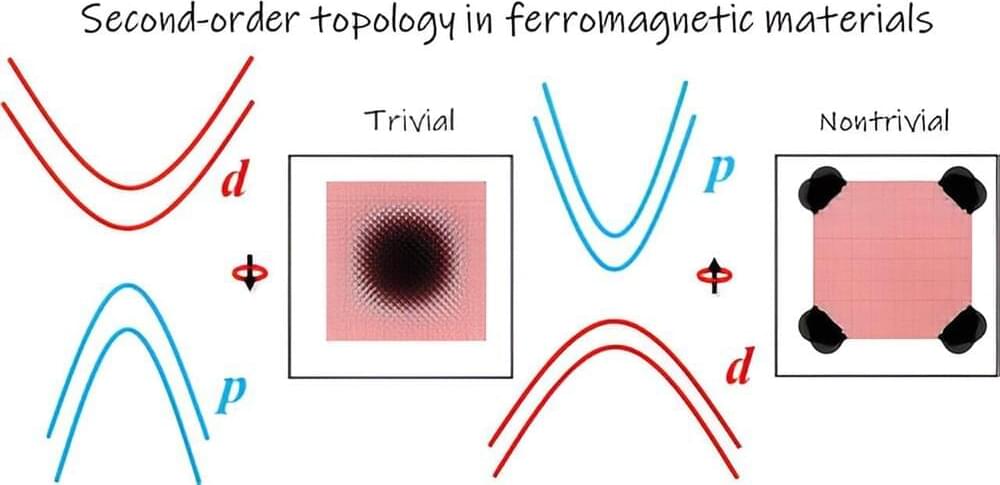The FBI says that 2023 was a record year for cryptocurrency fraud, with total losses exceeding $5.6 billion, based on nearly 70,000 reports received through the Internet Crime Complaint Center (IC3).
This marks a 45% increase in losses compared to the previous year, driven primarily by investment fraud, which accounted for 71% of the total cryptocurrency losses. Other types of fraud contributing to the statistics include tech support scams, call center fraud, and government impersonation.
The vast majority of the reported losses ($4.8 billion) were incurred by U.S. citizens, followed by Cayman Islands ($196M), Mexico ($127M), Canada ($72M), the UK ($59M), India ($44M), and Australia ($25M).









